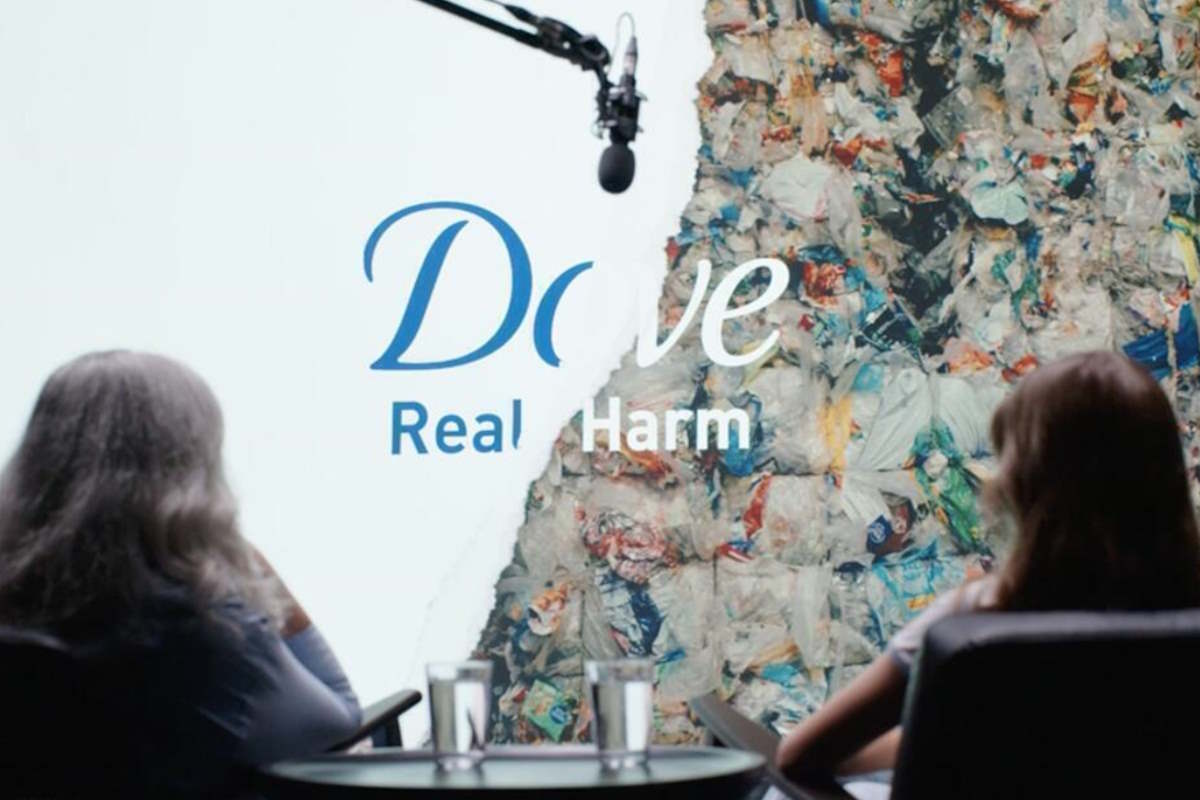As Dove prepares to celebrate the 20th anniversary of its "Real Beauty" campaign, new Greenpeace documentary strips away the brand's clean image to reveal two decades of environmental destruction

@Alice Russell/Greenpeace
A brand that has masqueraded as a champion of “real beauty”, confidence, and environmental care now conceals a dark, hidden side.
This comes through the revelation from a new Greenpeace documentary subverting Dove’s iconic commercials on the anniversary of the “Real Beauty” campaign. This will remind one that not all that glitters is gold. It has been two decades since the first Dove “Real Beauty” campaign, in which the Unilever-owned brand renewed its commitment to what the company calls “authentic beauty,” and tackled new challenges wrought by Artificial Intelligence. Turns out, this company uses mountains upon mountains of plastic. And few people know that.
In 2004, Dove introduced its campaign, which came right in the middle of only 2% of women finding themselves beautiful. The brand decided to make its objective the highlighting of the concept of uniqueness and became the first brand ever to show real women without any touch-up in the beauty industry. The campaign targets the young and their wellbeing through realistic concepts of beauty and body shaming issues.
Today, Unilever is selling $331 million dollars’ worth of Dove soap bars annually. And when it comes to plastic, the figures are gigantic.
The documentary
Just released by Greenpeace UK, this new powerful film targets the beauty brand Dove, an Anglo-Dutch multinational consumer goods company. It’s directed by BAFTA-nominated filmmaker Alice Russell (If the Street Were on Fire) and represents a subversion of Dove’s acclaimed 2022 video “Toxic Influence” produced by Ogilvy. A replication of the original, pairs of mothers and daughters discuss topics. First, they share their positive reactions to Dove’s marketing. Next, they are faced with the reality of the brand’s plastic waste and the devastating damage it causes. Reactions quickly turn to shock and repulsion.
